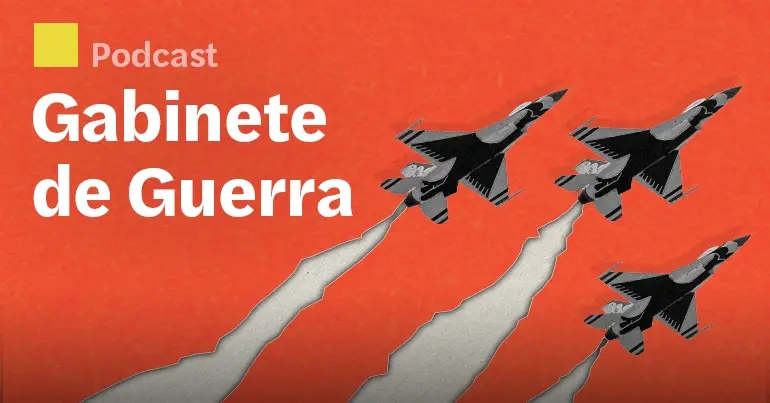Australian moth finds its way around the Milky Way, study finds

An Australian nocturnal moth known for its large migrations can travel to its summer refuge using not only a kind of magnetic compass but also starlight, according to a study published Wednesday (18) in the scientific journal Nature.
When the Australian summer arrives, the young Bogong moth (Agrotis infusa) is overcome by an irresistible urge.
He leaves his homeland on the east coast to head, night after night, to the Australian Alps, a mountain range where he will take refuge in caves from the summer heat.
Then, in the fall, she will return to her birthplace to reproduce before dying.
It has only recently been known that the invertebrate can use variations in the Earth's magnetic field, like a compass, for this journey that can reach up to a thousand kilometers.
But in this combination it is necessary to add the stars, according to the study signed by neurobiologist David Dreyer and supervised by entomology professor Eric Warrant, both from Lund University in Sweden.
“It is the first known invertebrate capable of using stars for this purpose,” Professor Warrant explained to AFP.
Among invertebrates, only the dung beetle uses the moon and stars as references to orient itself, but only over very short distances.
The researchers placed the moths in small enclosures with a ceiling that allowed different maps of the night sky to be projected.
A small device was attached to its back, a kind of “flight simulator” that confirmed that, by hiding the artificial sky, Bogong was relying on its magnetic compass to maintain the course of its migration.
Later, this help was removed by eliminating the Earth's magnetic field in the simulator.
“To our surprise, the stars were enough for the moth to choose the right direction for the migration season,” says the researcher.
“If we rotated that sky 180 degrees, the animal would continue to orient itself,” he explained.
This demonstration was reinforced by the fact that Bogong's flight became erratic if a made-up sky map was presented.
The small animal can therefore read a celestial map and follow it throughout the night, even when the relative position of the stars changes with the Earth's rotation.
A similar case to that of the monarch moth that crosses vast regions between Mexico and the United States, and which is able to take into account the trajectory of the sun to orient itself in its diurnal migration.
IstoÉ





